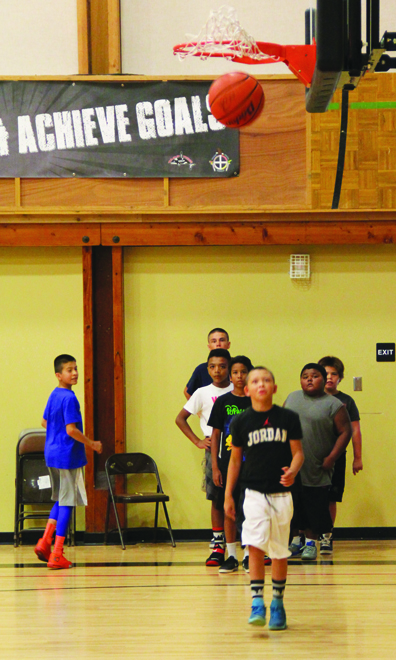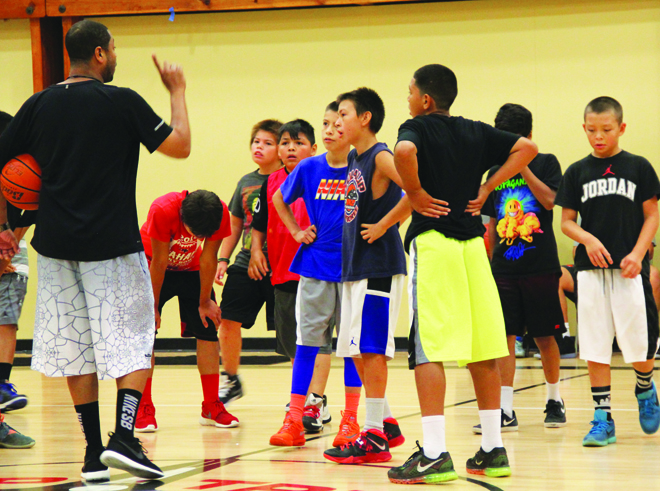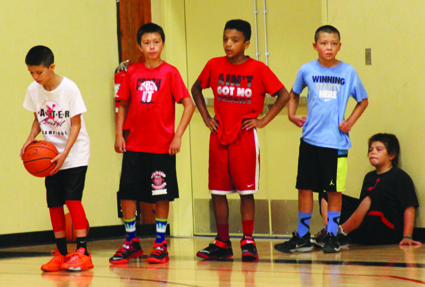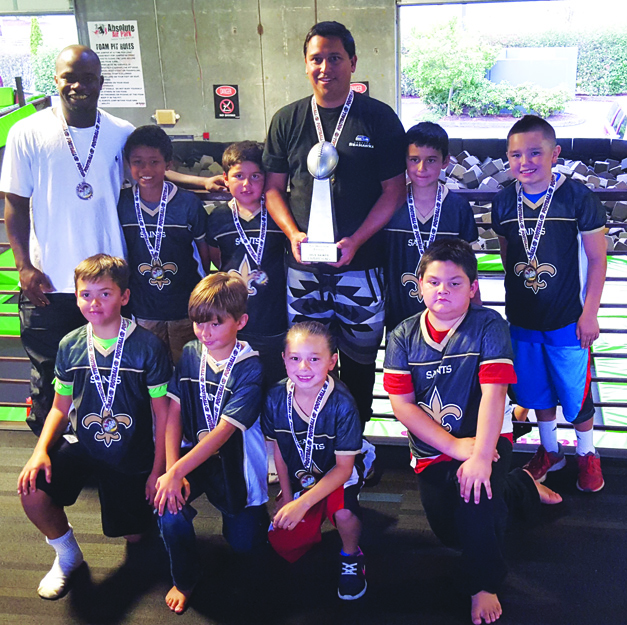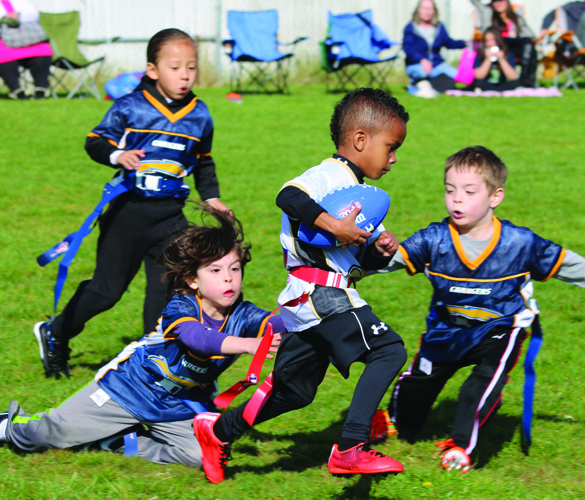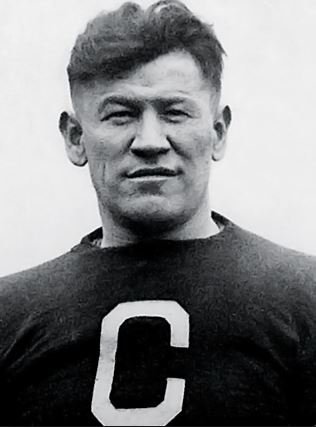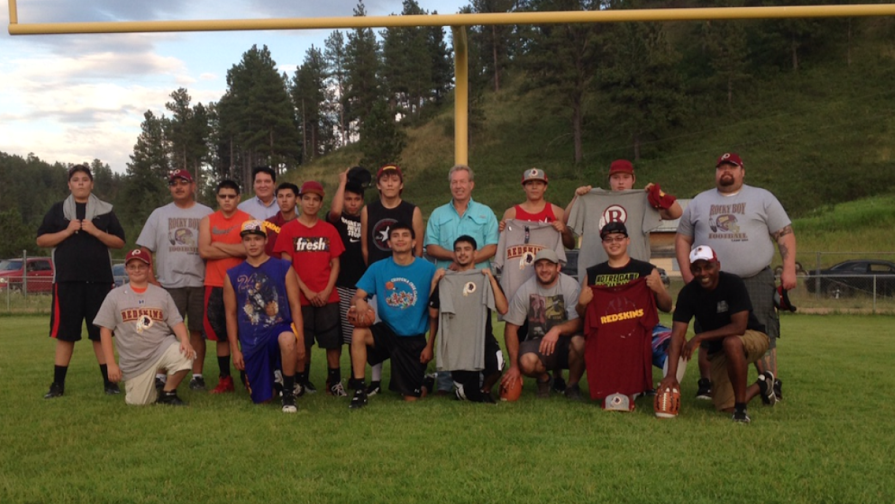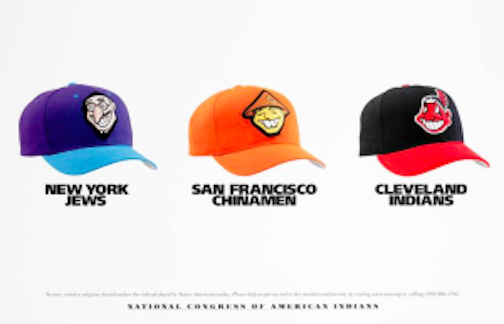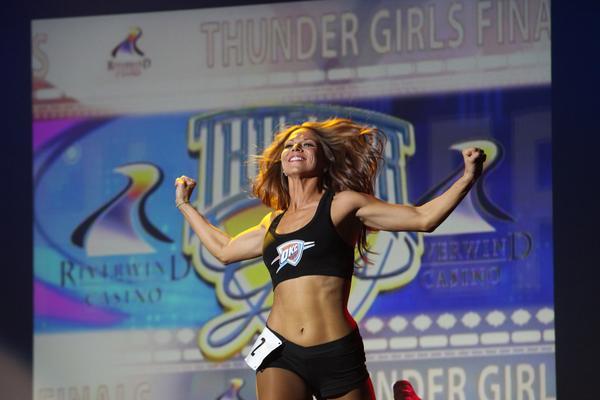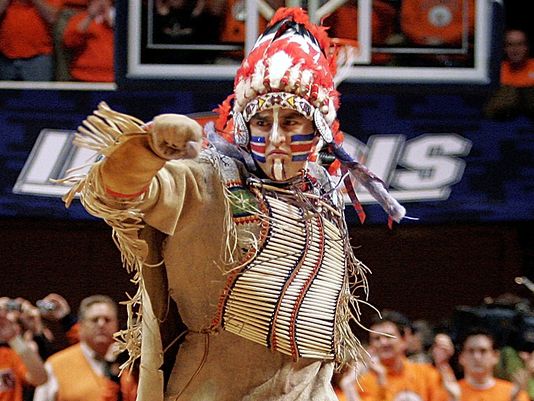“Once upon a time, a woman was picking up firewood. She came upon a poisonous snake frozen in the snow. She took the snake home and nursed it back to health. One day the snake bit her on the cheek. As she lay dying, she asked the snake, “Why have you done this to me?” And the snake answered, “Look, bitch, you knew I was a snake.” -Russell Means, Natural Born Killers
Irritatingly, the “Richie Incongito Is a Bully” and the “Richie Incognito Said the Word ‘Nigger'” storyline has been dominating the ESPN Sportscenter episodes recently. Just as my Seahawks get good enough to command serious national attention, some idiot who is considered an “honorary black man” by many of his fellow Miami Dolphins teammates simultaneously has 1) Shannon Sharpe crying like an infant; 2) white liberals judging this white man as if he were the first and only white man that has ever said this word; and 3) black folks upset.
I’m just mad that they’re not talking about the Seahawks. They are that good, y’all.
But since we’re on the topic, let me explain something — EVERY single person that is crucifying, judging or distancing themselves from Richie Incognito is a freakin’ hypocrite. Shannon Sharpe, with your self-righteous boo-hooing, you are a freakin’ hypocrite. In fact, every single NFL fan that acts like Richie Incognito saying the word “nigger” and bullying a teammate is the worst assault on polite society since Chad Ochocinco, you need to quit lying to yourselves.
To paraphrase the great Russell Means in the great Oliver Stone flick, Natural Born Killers, “Bitch, you knew Richie Incognito was a snake.”
“Bullying” is to football what “football” is to football.
First, let’s address these stupid “bullying” allegations. OK, news flash guys, football is bullying; let’s not romanticize the game and pretend that sportsmanship is a vital part of the game. In fact, that IS the game — to be the better bully than the other guy. From Dick Butkus (Hall of Fame, eye gouger) to Bill Romanowski (future Hall of Famer, spits in his teammates face, kicks opponents) to Jack Tatum (would have been Hall of Famer if he didn’t paralyze a player in a preseason game, kicked opponents) — DIRTY, bullying players have been CELEBRATED and coveted on NFL teams. Look at Ndamukong Suh — he’s as dirty as George W. Bush’s drug test in college, but because of his talent level, teams will always find a way to keep him on a team.
Incognito’s (and every other NFL player’s) job is to be a bully. The NFL is about bullying; for the NFL or anybody associated with the NFL to feign shock at Incognito for being a bully, you’re full of feces. Like Natural Born Killers, you’re blaming for being a snake in a snakepit.
How to address that? Stop rewarding snake-ism; change the snakepit. Which leads to the next point:
Racial Slurs Are Part of Everyday Culture
Richie Incognito, a white man, said the word “nigger.” That’s bad. Shannon Sharpe gave an impassioned, emotive performance about why the notion of Richie Incognito, a white man, saying the word “nigger” was so offensive. He said:
“[Y]ou allow this, in an open locker room to take place, is unacceptable. I’m so disappointed. I just hope that someone was misquoted. I hope I’m wrong and they didn’t allow Incognito to say this racially charged word in a locker room and go unchecked. I’m embarrassed. If he said that to Jonathan Martin, he didn’t only say it to him, he’s talking to you too. Because if you’re black, you know what that word means.”
Yet last year, the Washington Redskins brought in Shannon Sharpe to give a motivational talk to the Redskins players. That’s cool, although the strategy hasn’t seemed to really work that well on the field for the Redskins. Still, it’s odd that neither Shannon Sharpe, or really any of the NFL folks that decry Incognito’s racial slurs, have bothered to point that Sharpe and every other NFL announcer speaks a racial slur every single week — Redskins.
So the argument goes, Richie Incognito saying (and texting) the word “nigger” shouldn’t bother Sharpe. After all, Richie Incognito, according to teammates, was an “honorary black man.” That gave him permission to use the word as he saw fit, or that’s the way he saw it. Obviously these black men in the Miami Dolphins locker room weren’t offended by his use, and so that made it OK, right?
No? Of course not; it’s never OK for a person who isn’t black to use the word “nigger.”
But we also must concede that in the NFL, folks are conditioned to see that sort of behavior as OK. See, Shannon Sharpe and other black NFL announcers don’t seem to get it; they perpetuate this snakepit/racist culture that allows epithets to be used and then excused. The roots of the NFL, just like the roots of this very nation, are racist and firmly entrenched in overt and covert racism. That isn’t Shannon Sharpe’s (or other black players/coaches/announcers associated with the NFL) fault. YET, Shannon Sharpe, and all other black NFL announcers and players and coaches who allows and abets and doesn’t question the use of racial slurs other than “nigger” co-signs the very environment that allows Richie Incognito and Riley Cooper and whoever else to use that ugly word so flippantly.
Shannon Sharpe and Michael Strahan and James Brown and ever NFL player/coach/announcer who takes exception to non-black players using the word “nigger” should be disgusted and refuse to address the Washington Redskins — a racial epithet — as the “Washington Redskins” because that is the cornerstone of the racist culture that permeates the NFL. Shannon Sharpe, if he wants his outrage to be taken seriously, must not take the blood money that the Redskins give him — hush money for racial epithets.
It’s that quiet acquiescence on behalf of black folks associated with the NFL, like Sharpe, that makes rich white powerholders like Daniel Snyder say, “Well damn, they don’t really care about racial equality. They just want to get paid. Come talk to our team named after a racial epithet so you can lose your moral high ground to ever feign racial outrage.”
In conclusion, the culture of the NFL can change in regards to both bullying and the use of racial epithets. Yet, that only happens if folks like Shannon Sharpe give more than lip service to these causes. The NFL will never be able to selectively ban racial epithets — it’s kinda all or nothing when you’re trying to change a culture. So if the purpose is to change that culture, let’s go. Until that time, it’s just a bunch of a hypocritical hot air.
Gyasi Ross is a member of the Blackfeet Indian Nation and also comes from the Suquamish Nation. Both are his homelands. He continues to live on the lovely Suquamish Reservation — contrary to Rick Reilly’s assertion, no white liberals influenced his writing of this article. He is a father, an author, a lawyer, and a warrior. He has a new book, How To Say I Love You in Indian, available for pre-order. (Pre-order today!!). His Twitter handle is @BigIndianGyasi. He is a Seahawks fan and sees the Redskins as an inferior team, but readily acknowledges RGIII’s potential greatness (and hopes Alfred Morris does well because Morris is on his fantasy football team).
Follow Gyasi Ross on Twitter: www.twitter.com/BigIndianGyasi

